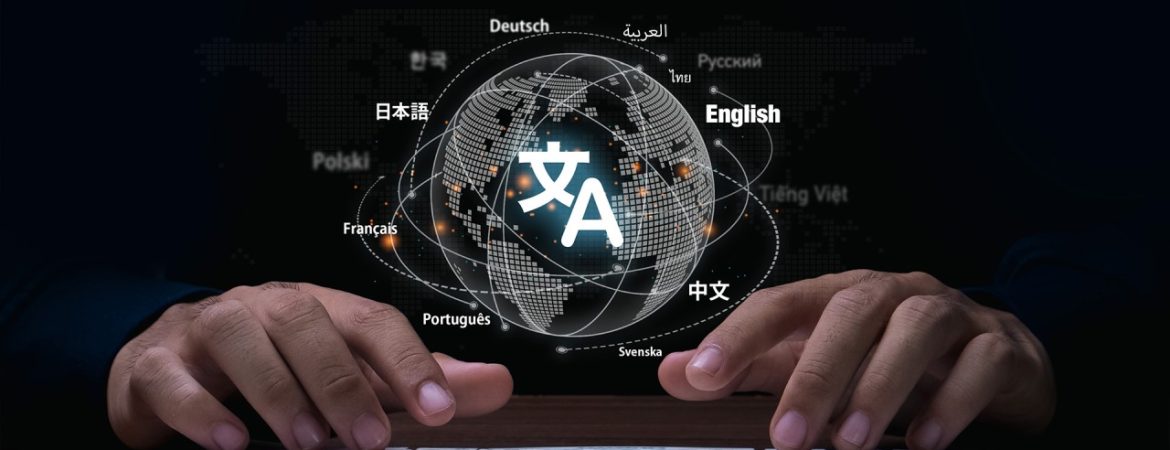
In recent years, the role of artificial intelligence (AI) in the translation sector has grown significantly. AI-powered translation tools are continually enhancing their quality and performance through increased data and feedback. This leads to time efficiency, allowing large-scale translation tasks to be completed more quickly and cost-effectively. Moreover, some AI tools provide personalized translation by adapting to users’ preferences.
AI-assisted translation tools are also capable of interpretation. Certain mobile apps and language assistants help overcome language barriers by providing interpretation during meetings, events, or conversations.
So, considering all these benefits, can we think that AI can substitute for a professional human translator? Contrary to popular belief, no. While AI may seem highly effective in conducting translation processes and overcoming language barriers, it cannot entirely replace a professional human translator.
Firstly, language is not just a set of vocabulary and grammar rules. It encompasses cultural nuances and emotional contexts that AI may not always interpret accurately. It lacks the power of expression, creativity, flexibility, human touch, and experience. Understanding and interpreting such subtle details require the experience and insight of a human translator.
Additionally, human translators can quickly adapt to spontaneous changes in the flow of conversation without sacrificing accuracy or speed. AI, on the other hand, generally operates with predetermined algorithms and datasets and struggles to adapt to spontaneous reactions.
In conclusion, AI can support translators by providing fast and quality translation, but it cannot fully replace them. Overcoming language barriers can only be achieved through collaboration between a human translator and AI.